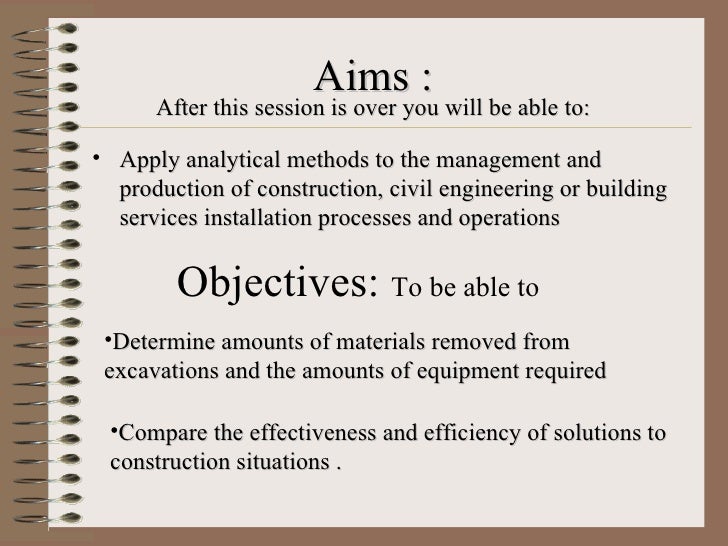What Does Excavating Contractors Do?
Wiki Article
Demolition - Questions
Table of ContentsGrading Contractors for BeginnersTop Guidelines Of Mini ExcavatorTop Guidelines Of Excavation CompaniesThe smart Trick of Concrete Contractors That Nobody is Discussing5 Simple Techniques For Excavating Contractors


Scrapers or Pans dig deep into dirt in one place, haul as well as dispose the dirt in an additional place (concrete contractors). It is tough to match the effectiveness of scrapes for cut/fill soil procedure if the haul distance is less then a mile. Scrapes are typically pulled by a rubber tire wheel tractor and also are in some cases pressed via the cut area by an excavator.
There are lots of times that scrapers are not used for website grading and a dump vehicle is employed: the haul might be to long, the haul might cross roads where scrapers are not allowed, acid rock might be experienced, tools accessibility, etc. Unload vehicles remain in common usage as well as possibly call for little conversation.
Several vehicles have a top-hinged tailgate that can not discard any rock bigger then the tailgate width. "Rock body" beds, on the other hand, have no tailgates and also can dump any kind of size rock, although their quantity ability is decreased. These internet links reveal equipment requirements for several common dump vehicles. Compaction Equipment raises the density of the soil and in some cases gives a smooth, rolled surface.
Some Ideas on Trencher You Should Know
From a straightforward examination pit to percussion drilling to core drilling the proprietor has increasingly more expensive options that yield significantly far better information concerning the website underground. For instance, the Proprietor on a 100,000 SF structure job may license twenty dull places with split spoon soil examples taken until rock is reached and after that core samples of rock.Understanding the type and top quality of rock (from the core examples) as well as place of rock (from the soils boring) is an actual benefit in jobsite planning. Conversely, the Proprietor of a 100,000 SF structure may decide to wage no geotechnical testing whatsoever. The decision concerning geotechnical testing is typically made by an Owner without input from the Building Supervisor.
The section on Dirts and also Geology assists you understand the terms in the geotechnical record. An understanding of the approximate place of the rock aids the Building Supervisor to prepare the sequence of steps following rock excavation. If rock remains in one edge of a big structure task, for example, the planet excavation might start at the opposite end of the structure in order to begin foundation job soonest.
Beginning the structure job early would be a great concept if the rock can be gotten rid of by ripping. If the rock is extremely difficult and also requires considerable blasting, it might be sensible to hold structure job till the blasting is completed. The Building Manager should collaborate these kinds of choices and also use all the technical day available.
10 Simple Techniques For Trencher
Unidentified excavation states that all rock or other unanticipated products (omitting hazardous materials) come across in the sitework will be the responsibility of the Specialist at no change in contract price. An unclassified excavation is simpler from a book-keeping point ofview and puts the duty for geotechnical conditions onto the Sitework Specialist.Just How Water Affects Sitework? It's amazing what a heavy rain can do to a building and construction project. Prior to the rainfall, the website might be completely dry, hefty equipment efficiently moving planet, the various other trades smoothly doing their job. Within hrs the project can be a careless, mud-hole with worker efficiency cut to about 10%.
In many areas of the world, the Building Manager must remember a basic truth: IT WILL CERTAINLY RAINFALL. Great preparation can decrease the damage and interruption of a heavy rain to a jobsite. Typically the excavation as well as grading is delegated the Sitework Specialist (as well as their Foremen is accountable to visit this site right here monitor and direct the hefty tools and also operators).
For That Reason the Building Supervisor have to be continuously aware of what rain will do to the task website. It is not unusual for the Sitework Foreman to work their hefty equipment more information for optimal effectiveness as well as hope it does not rain. One of the most effective ways to prepare for rainfall is to incline all grades to drain pipes and also to smooth rolled the surface prior to a rainfall.
Indicators on Grading Contractors You Need To Know
The Construction Supervisor should be well-balanced sufficient to insure that hefty rainfall does not quit work on the project longer than necessary. Daily discussions with Sitework Foremen might be called for to attain this objective. Any kind of time excavation is called for listed below the existing groundwater level on a job, the process of dewatering must be considered.In a truly natural dirt, the water travels so slowly via the clay or silt that dewatering is not generally needed for the fairly short time of excavation. Dewatering might be required for a single ground excavation or for an entire task website. The most usual dewatering approaches are trench drains pipes, deep wells as well as well points.

Ground water seepage can likewise be decreased by cutoff techniques such as sheet piling. High dewatering expenses have actually paled the revenue margins on much also numerous projects.
This choice must always be taken into consideration when evaluating the possibility of dewatering. Obviously the choice is just practical if gravity can run the water to reduced ground. Trench drains pipes can be reduced with a backhoe and loaded with a rugged, granular product (# 4 rock for example), however treatment must be exercised in choosing the water outlet kind and also location.
8 Simple Techniques For Concrete Contractors
A siphon, by interpretation, uses air pressure to carry water from one elevation, up over an obstacle, to a lower elevation. The pipes in a siphon system should be closed as well as some resourcefulness is usually needed to completely fill up the siphon pipeline. The siphon moved here pipe should be full for the siphon to begin.A deep well includes a pump, hose and a vertical well casing. The pump intake is at the base of the well housing (usually some smashed rock is placed down there as a filter tool) (mini excavator). The water is inflated the hose, out of the well housing, and also to a suitable discharge place.
In a crude sand, as an example, a large location can be pumped to near the pump consumption elevation. A less permeable dirt, on the various other hand, reduces the effectiveness of a deep well. Given that the pump is generally at the bottom of the deep well, there are no height restrictions as a result of vacuum lift, and deep wells can reduce the groundwater over 50 feet.
Under of the wellpoint there is a 2 foot long display and also shutoff, water jets out of this shutoff and also creates a hole into which the wellpoint pipe can be reduced. This opening is typically made a bigger size (for instance 10 inches) to permit for a crude sand backfill to aid filter the water (mini excavator).
Report this wiki page